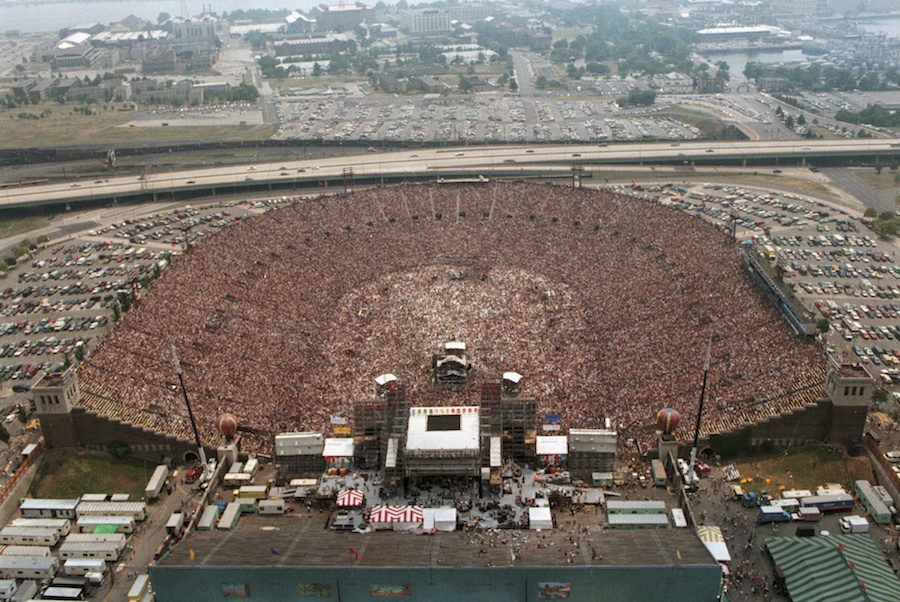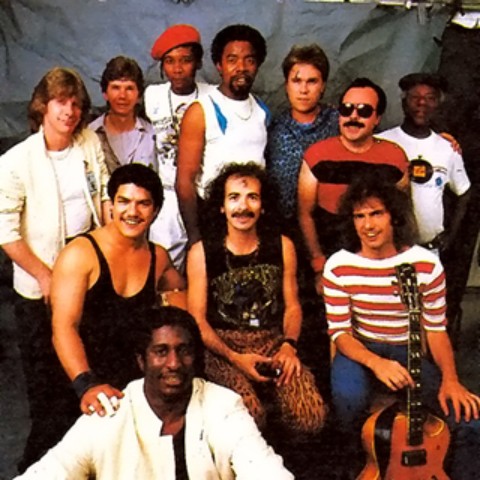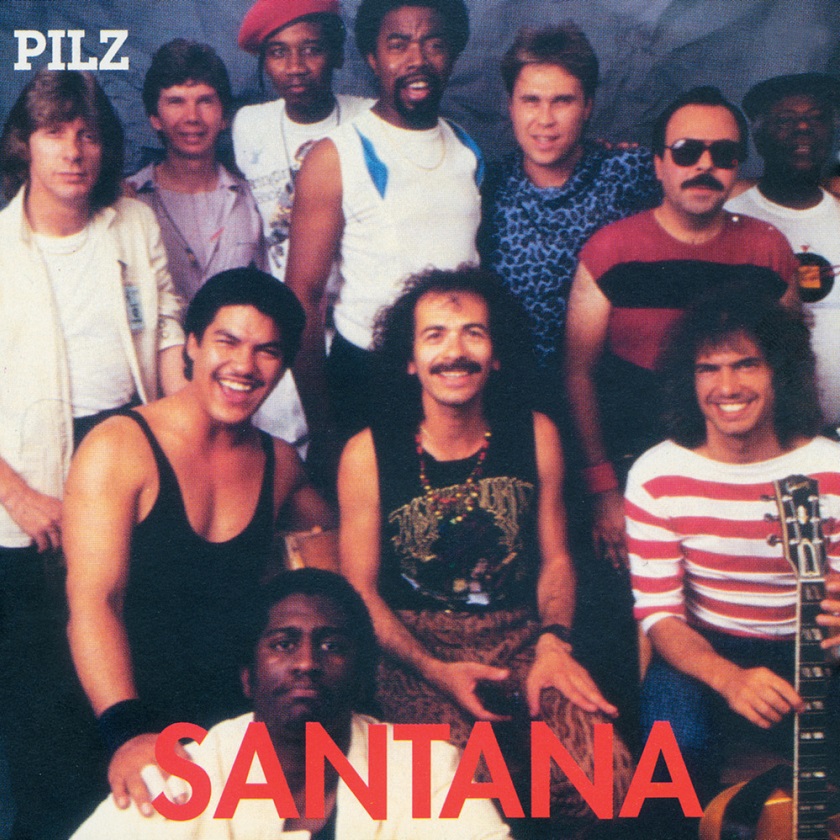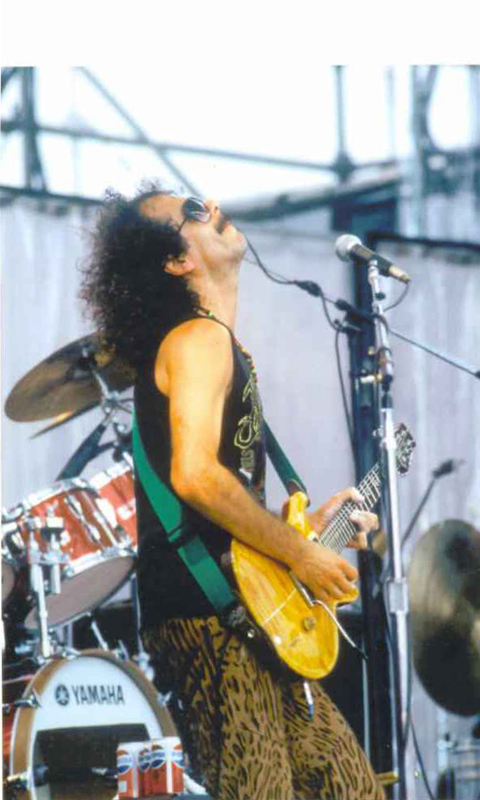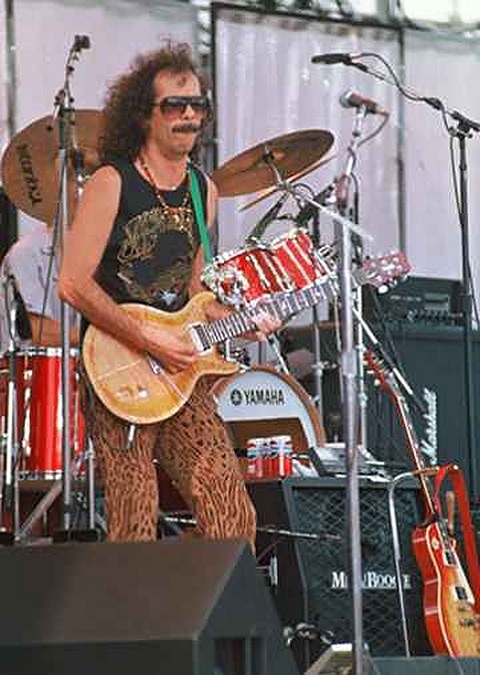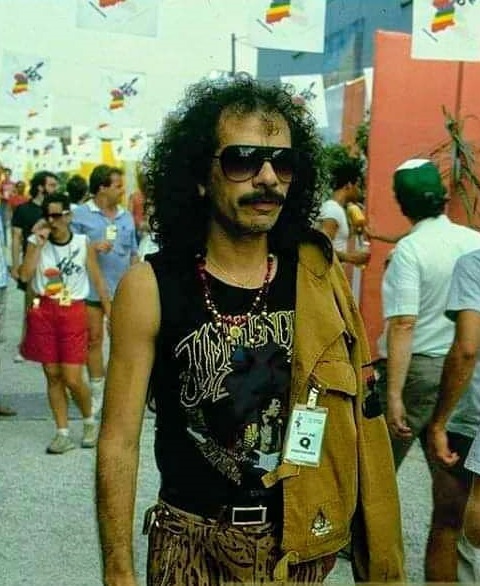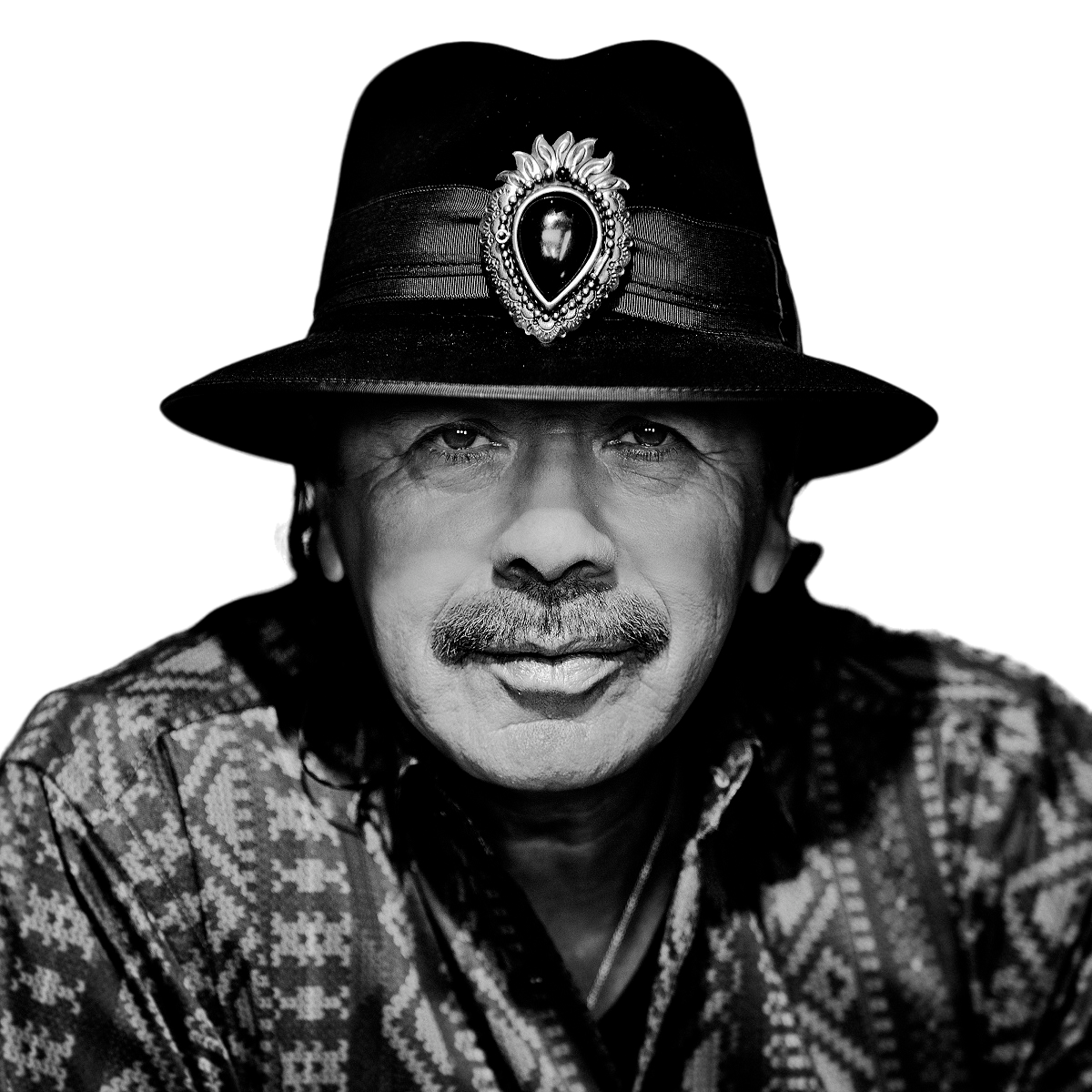The Venue
John F. Kennedy Stadium (formerly Philadelphia Municipal Stadium and Sesquicentennial Stadium) was an open-air stadium in Philadelphia that stood from 1926 to 1992. The South Philadelphia stadium was on the east side of the far southern end of Broad Street at a location now part of the South Philadelphia Sports Complex. Designed by the architectural firm of Simon & Simon in a classic 1920s style with a horseshoe seating design that surrounded a track and football field, at its peak the facility seated in excess of 102,000 people.
Six days after the Grateful Dead's 1989 show, then-Mayor Wilson Goode condemned the stadium due to multiple findings by city inspectors that the structure was structurally unsafe and a potential fire hazard. Just hours before the concert, city inspectors had discovered piles of combustible materials, numerous electrical problems, and crumbling and/or falling concrete: the Grateful Dead were only allowed to perform due to strict no-smoking regulations that had been enacted some time before. While renovation and repairs of the stadium were discussed, this was quickly rejected due to the exceedingly high costs, and it was demolished on September 23, 1992. The Wells Fargo Center now stands on the site, which is part of the complex that also includes Lincoln Financial Field and Citizens Bank Park.
Live Aid was a benefit concert held on Saturday 13 July 1985, as well as a music-based fundraising initiative. The original event was organised by Bob Geldof and Midge Ure to raise further funds for relief of the 1983–1985 famine in Ethiopia, a movement that started with the release of the successful charity single "Do They Know It's Christmas?" in December 1984. Billed as the "global jukebox", Live Aid was held simultaneously at Wembley Stadium in London, UK, attended by about 72,000 people and John F. Kennedy Stadium in Philadelphia, attended by 89,484 people.
On the same day, concerts inspired by the initiative were held in other countries, such as the Soviet Union, Canada, Japan, Yugoslavia, Austria, Australia and West Germany. It was one of the largest satellite link-ups and television broadcasts of all time; an estimated audience of 1.9 billion, in 150 nations, watched the live broadcast, nearly 40 percent of the world population.
|
